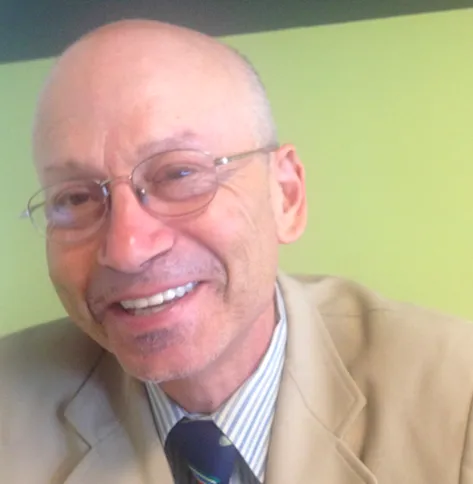Irvin Dawid discovered Planetizen when a classmate in an urban planning lab at San Jose State University shared it with him in 2003. When he left San Jose State that year, he took with him an interest in Planetizen, if not the master's degree in urban & regional planning.
As a long-time environmental activist, he formed the Sustainable Land Use committee for his local Sierra Club chapter and served six years on the Bay Area Air Quality Management District’s Advisory Council from 2002-2008. He maintains his interest in air quality by representing Sierra Club California on the Clean Air Dialogue, a working group of the Calif. Environmental Dialog representing business, regulatory and public health/environmental interests.
Major interests include transportation funding, e.g., gas taxes, vehicle miles traveled (VMT) fees, road tolls and energy subsidies that lead to unlevel playing fields for more sustainable choices.
He hails from Queens (Bayside) and Long Island (Great Neck); received an AAS in Fisheries & Wildlife Technology from SUNY Cobleskill and a B.S. from what is now Excelsior College.
After residing for three years on California’s North Coast, he’s lived on the San Francisco Peninsula since 1983, including 24 years in Palo Alto. Home is now near downtown Burlingame, a short bike-ride to the Caltrain station.
He’s been car-free since driving his 1972 Dodge Tradesman maxi-van, his means to exit Long Island in 1979, to the junkyard in 1988.
Major forms of transportation: A 1991 'citybike' and monthly Caltrain pass, zone 2-2. "It's no LIRR, but it may be the most bike friendly train in America."
Irvin can be reached at [email protected]
Double-Fine Zones: Do They Work?
In this op-ed, CA state Senator Leland Yee (D-SF/San Mateo) discusses the result of his legislation to apply double traffic fines, as well as city street improvements, on two of the most dangerous roads in SF, 19th and Van Ness Aves.
The Density Game - On YouTube
Dan Zack, downtown development coordinator for Redwood City, CA, gave a 50-minute presentation on Delightful Density to a Palo Alto audience on Nov. 5. This 12-minute excerpt is composed of 17 buildings - get out your pencils and guess their density.
Miami HOT Lanes Getting Drivers Out Of Cars Into Buses
Opponents of High-Occupancy-Toll lanes have long claimed that these lanes, often converted from High Occupancy Vehicle lanes like Miami's I-95, would encourage solo-drivers, especially wealthier ones, to pay to use the express lanes.
New Research: Lawns Aren't Green
Lawns - long known to be the main culprit in urban water consumption, now can be blamed for another environmental woe - greenhouse gas producer in excess of whatever carbon it 'sinks'. The gas is nitrous oxide - 300 times more potent than CO2.
Give Cap & Trade Revenue To....The People?
A key committee has recommended a novel approach to distributing revenue from a forthcoming cap & trade scheme, the key strategy to reduce greenhouse gas emissions by the CA Air Resources Board in order to meet the reductions mandated in AB 32.

























